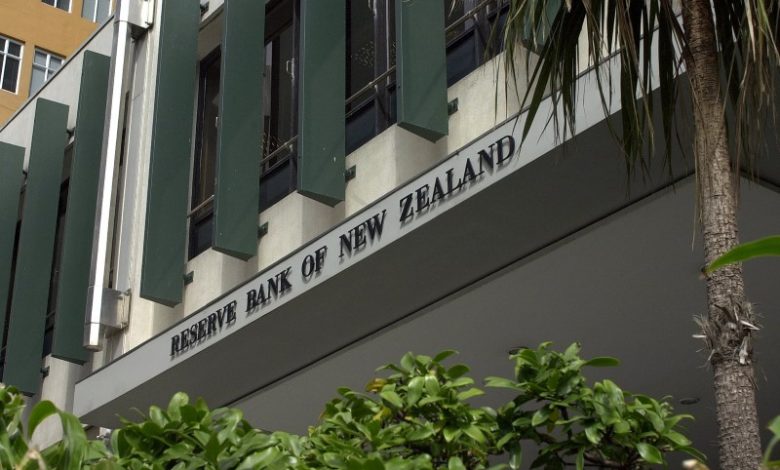
Reserve Bank of New Zealand Cuts OCR to 2%, Indicates More Reductions if Necessary
The Reserve Bank of New Zealand has lowered its official cash rate to 2% and indicated that further easing may be necessary if the economic situation demands it.
In its latest statement, the Reserve Bank announced a reduction of the Official Cash Rate (OCR) by 25 basis points to 2.0 percent.
Global growth is currently below trend, despite extensive monetary stimulus efforts. There is significant surplus capacity in numerous economies, coupled with low commodity prices, which is holding back global inflation rates.
Since the June Monetary Policy Statement, some central banks have further eased their policies, contributing to record low long-term interest rates. However, the outlook for global growth and commodity prices remains uncertain, with heightened political risks adding to the unpredictability.
Weak global conditions and relatively low interest rates in comparison to New Zealand are putting upward pressure on the New Zealand dollar. The trade-weighted exchange rate is considerably higher than projected in the June Statement, which is straining export sectors and those competing with imports. This, along with low global inflation, is resulting in negative inflation in the tradables sector, complicating the Bank’s efforts to reach its inflation targets. A depreciation of the exchange rate is deemed necessary.
Domestic growth is likely to be supported by strong immigration, robust construction activities, tourism, and a conducive monetary policy environment. Nonetheless, plummeting dairy prices are adversely affecting incomes within the dairy industry, leading to decreased spending and investment on farms. High levels of net immigration are bolstering labor supply while restraining wage inflation.
House price inflation in New Zealand is still notably high and has become more widespread across various regions, raising concerns about financial stability. The Bank is exploring stronger macro-prudential measures to help mitigate risks to the financial system posed by rapid increases in housing prices.
Headline inflation is being kept below the target range due to ongoing negative inflation in tradables. Anticipated annual CPI inflation is expected to decrease in the September quarter, primarily influenced by lower fuel prices and reductions in ACC levies. However, an increase in annual inflation is forecasted from the December quarter onward, benefiting from current policy stimulus, strong domestic economic performance, a reduced drag from tradables inflation, and rising non-tradables inflation. While long-term inflation expectations remain stable at 2 percent, persistent weakness in headline inflation could lead to a decline in inflation expectations.
The monetary policy stance is expected to remain accommodative. Current projections indicate that additional policy easing may be required to ensure that future inflation aligns closely with the middle of the target range. The Bank will continue to closely monitor emerging economic data.
 GOOGL
GOOGL  META
META 


